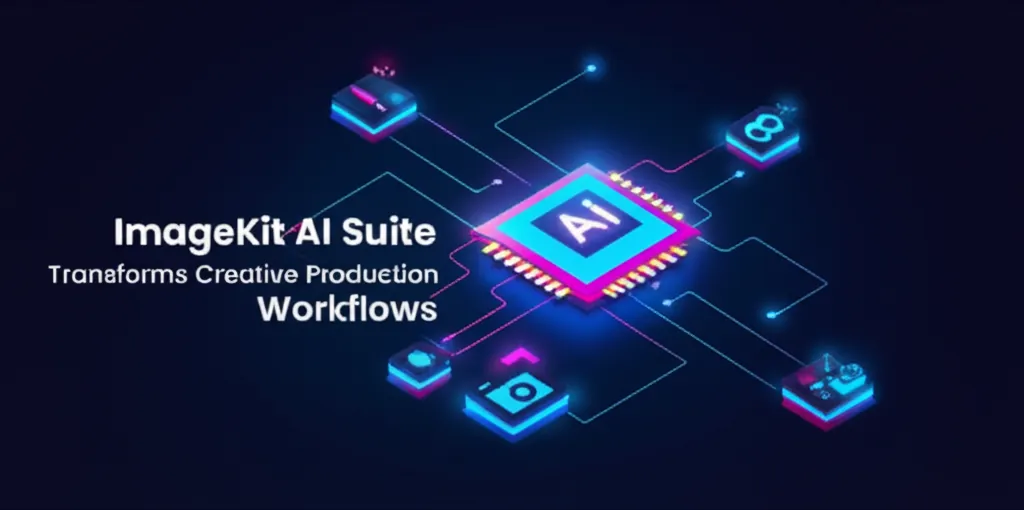Developer Offer
Try ImaginePro API with 50 Free Credits
Build and ship AI-powered visuals with Midjourney, Flux, and more — free credits refresh every month.
LGND Secures 9 Million for Geospatial AI Platform
Our planet generates a colossal amount of data about itself every single day. With satellites capturing approximately 100 terabytes of imagery daily, we have an unprecedented view of the Earth. However, transforming this sea of data into actionable insights remains a significant hurdle.
The Challenge of Geospatial Data Analysis
Answering what seem like straightforward questions can be incredibly complex. Consider a query of vital economic importance to California: How many fire breaks exist in the state, and how have they evolved since the last fire season? Traditionally, this required painstaking manual review of images.
“Originally, you’d have a person look at pictures. And that only scales so far,” explains Nathaniel Manning, the co-founder and CEO of LGND. While modern neural networks have improved the process, training a specialized algorithm to identify just one feature like fire breaks is expensive and time-consuming. “You probably sink, you know, [a] couple hundred thousand dollars — if not multiple hundred thousand dollars — to try to create that dataset, and it would only be able to do that one thing,” he adds.
A New Approach to Understanding Earth
LGND is on a mission to change this dynamic by making geospatial analysis radically more efficient. The startup isn't looking to replace data scientists but to empower them. “We are not looking to replace people doing these things,” says Bruno Sánchez-Andrade Nuño, LGND’s co-founder and chief scientist. “We’re looking to make them 10 times more efficient, 100 times more efficient.”
To fuel this vision, LGND recently announced a $9 million seed funding round. The investment was led by Javelin Venture Partners, with participation from AENU, Clocktower Ventures, Coalition Operators, MCJ, Overture, Ridgeline, and Space Capital. A group of prominent angel investors, including Keyhole founder John Hanke and Ramp co-founder Karim Atiyeh, also contributed.
The Power of Geographic Embeddings
The core of LGND's technology is the conversion of geographic data into vector embeddings. Most geospatial information exists as pixels (in images) or traditional vectors (points, lines, and areas). Interpreting this data requires specialized expertise and significant computing power. LGND’s embeddings summarize this spatial data, making it far easier to identify relationships and patterns.
“Embeddings get you 90% of all the undifferentiated compute up front,” Nuño notes. “Embeddings are the universal, super-short summaries that embody 90% of the computation you have to do anyways.”
For instance, a fire break could be a road, a river, or a lake. While they look different, they share underlying characteristics—they lack vegetation and have a certain minimum width. Embeddings allow a model to quickly search for any location on a map that matches these abstract qualities, rather than just looking for a specific visual feature.
From Wildfire Prevention to AI Travel Agents
LGND provides its technology through an enterprise application and a direct API, enabling a wide range of new applications. Manning envisions a future where complex, layered queries are simple to execute. He offers the example of an AI travel agent.
A user could ask for a three-room rental near good snorkeling spots, but with more specific criteria: “I want to be on a white sand beach. I want to know that there’s very little seaweed in February... and maybe most importantly, at this time of booking, there’s no construction happening within one kilometer of the house,” Manning suggests. Building a traditional model to handle such a multifaceted query would be incredibly difficult.
By simplifying this process, LGND is positioning itself to capture a significant share of a geospatial solutions market valued at nearly $400 billion. The company's ambition is to become a foundational element in how we interact with data about our world.
“We’re trying to be the Standard Oil for this data,” Manning states.
Compare Plans & Pricing
Find the plan that matches your workload and unlock full access to ImaginePro.
| Plan | Price | Highlights |
|---|---|---|
| Standard | $8 / month |
|
| Premium | $20 / month |
|
Need custom terms? Talk to us to tailor credits, rate limits, or deployment options.
View All Pricing Details

